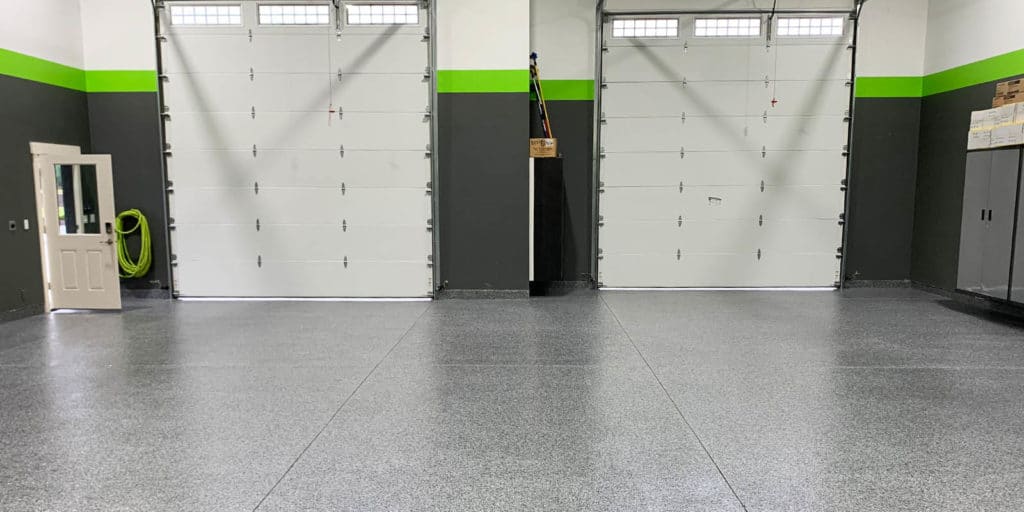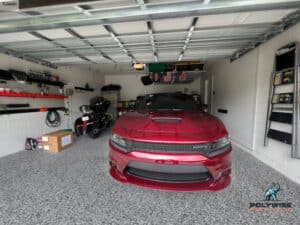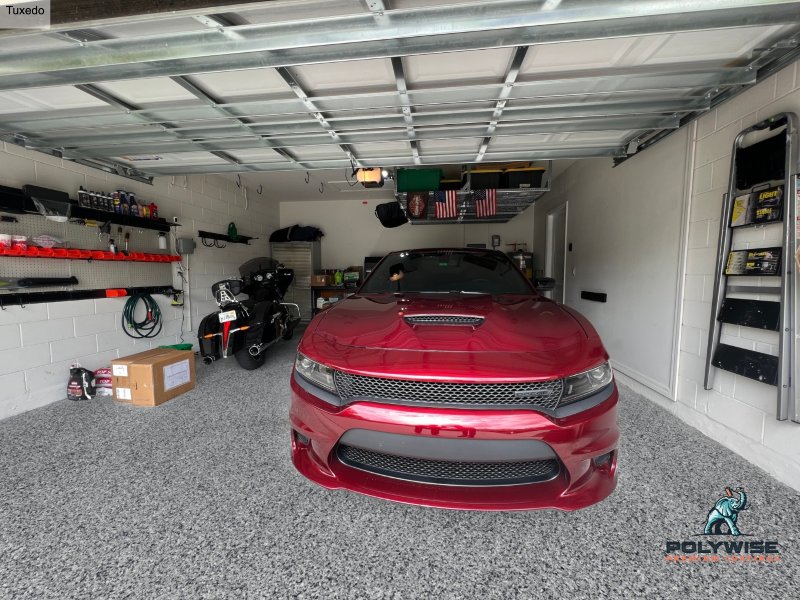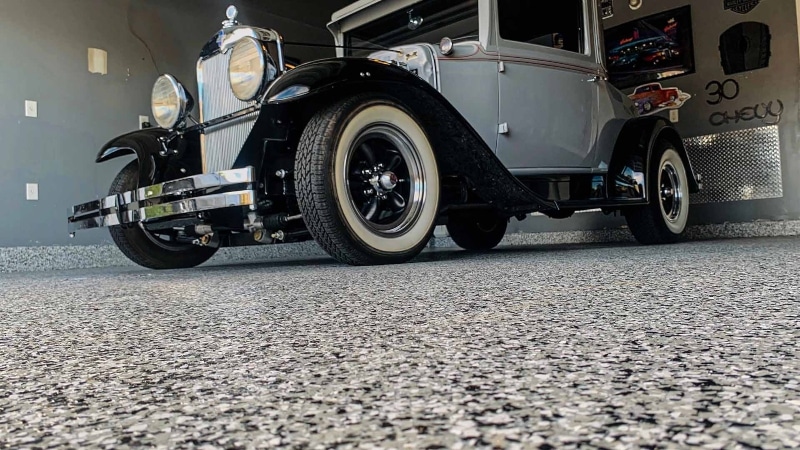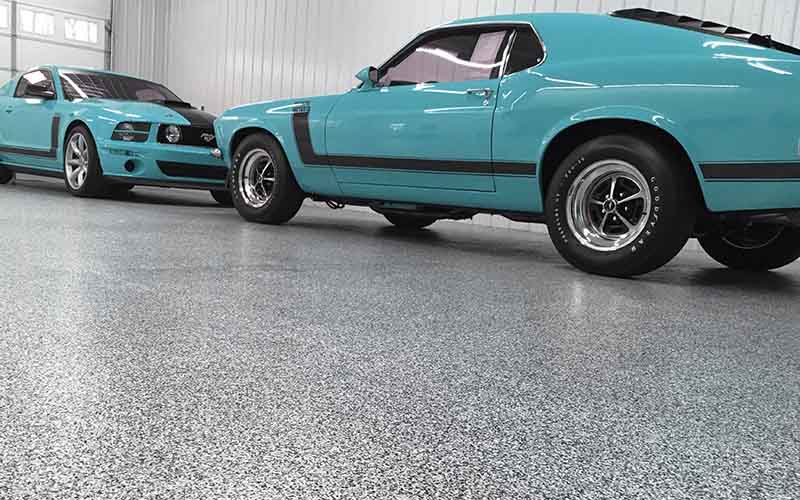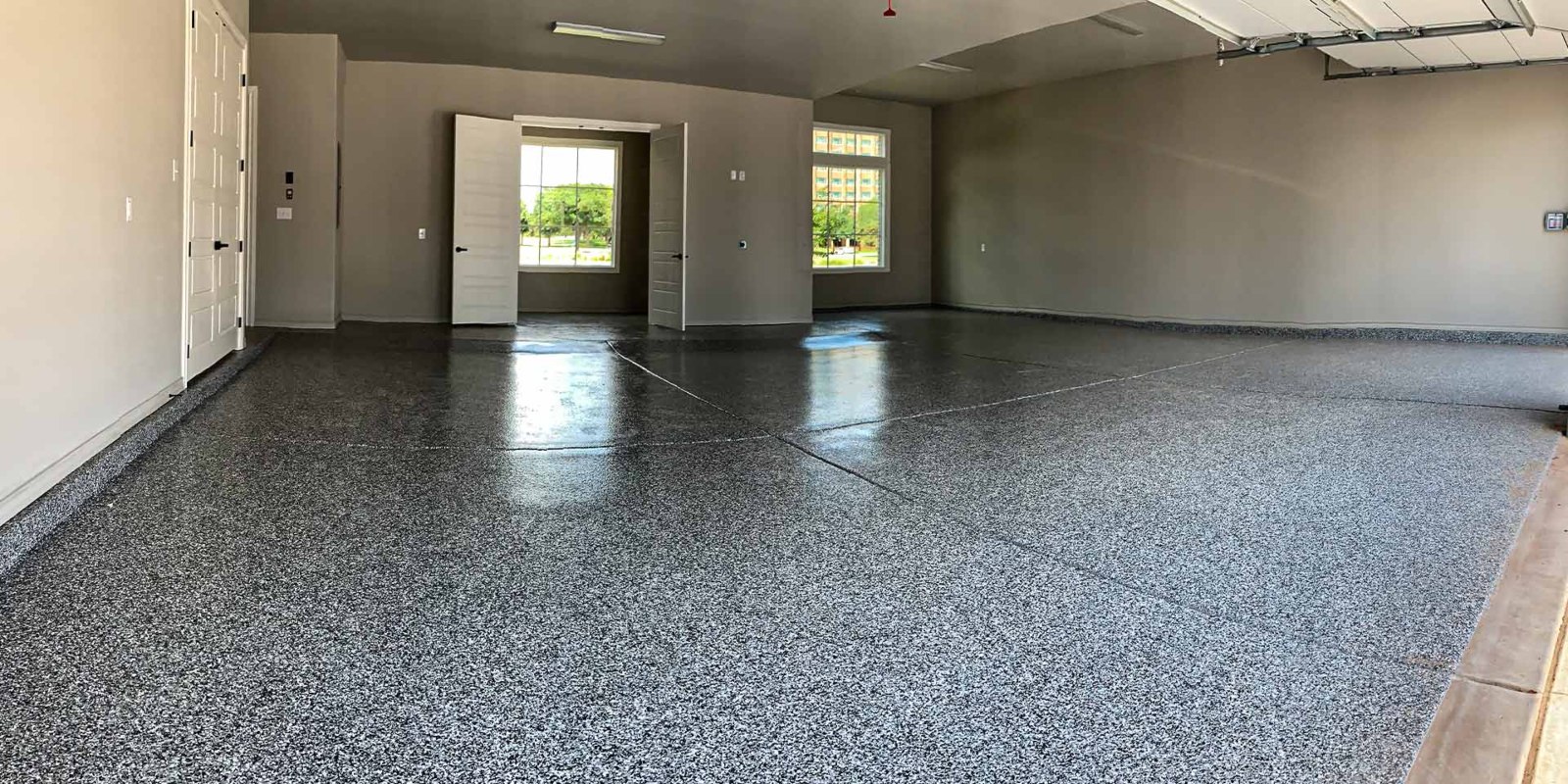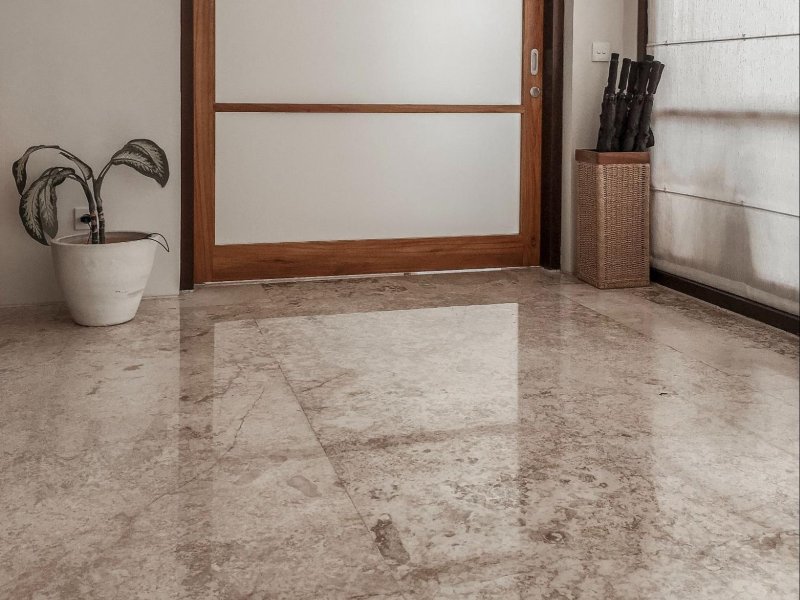How to Choose the Best Concrete Coating for Your Project
Are you embarking on a concrete project but lost when it comes to selecting the right coating? Whether you’re renovating old surfaces or building something entirely new, choosing a superior and durable concrete coating can be an overwhelming task. For any project involving concrete, deciding which type of coating will best fit the job requires balancing cost with performance. This article is intended to guide you through selecting the optimal solution for your particular needs by providing key criteria to take into consideration during the selection process. Read on for more tips and advice on how to choose the best concrete coating for your project!
What to Consider When Selecting a Concrete Coating
When selecting a concrete coating, there are a few key parameters to consider.
- Durability: The coating should be able to withstand the wear and tear of daily use, including traffic and environmental factors.
- Resistance: The coating should resist water, chemicals, and UV rays to prevent damage and maintain its appearance over time.
- Application: Consider the complexity of the application process. Some coatings may require professional installation, while others can be applied by the homeowner.
- Maintenance: Some coatings may require regular maintenance to retain their functionality and aesthetic appeal.
- Cost: While cost should not be the sole determining factor, it is important to select a coating that fits within your budget without compromising on quality.
- Aesthetics: While functionality is paramount, the coating should also complement the visual appearance of the project.
Remember, the best concrete coating for your project will depend on your specific needs and circumstances.
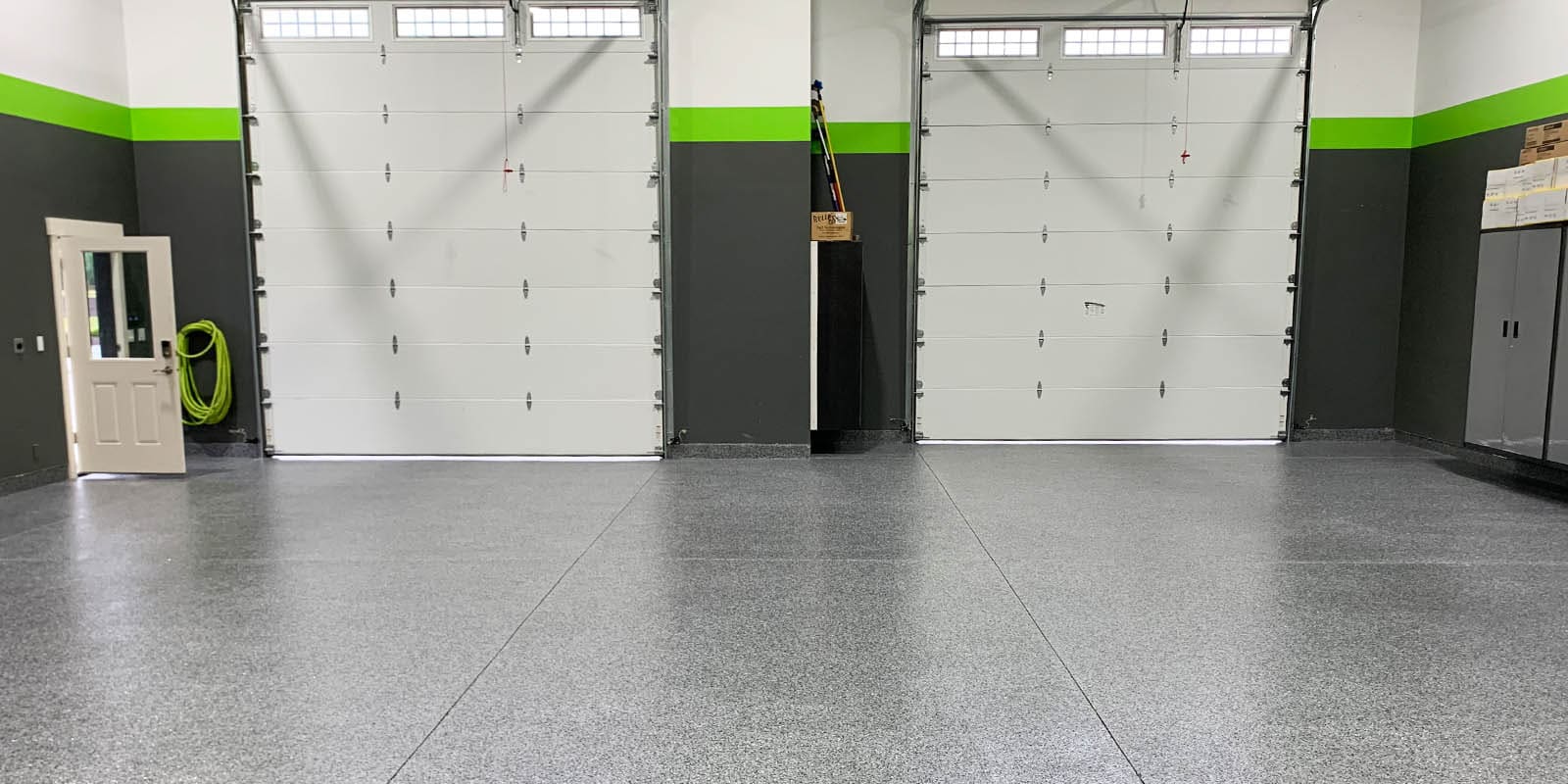
Color Options for Concrete Coatings
Concrete coatings are available in a wide array of colors, allowing you to tailor your project to match your aesthetic preferences and design vision.
- Neutral tones: Shades of gray, beige, and white offer a classic and sophisticated look and work well in most settings. They also tend to show less dirt and wear over time.
- Earth tones: Browns, greens, or blues can provide a natural and warm ambiance, fitting well with outdoor environments or spaces that aim for a more organic feel.
- Bright colors: Vibrant reds, yellows, or blues can make a bold statement and are ideal for spaces where you want to create a lively, energetic atmosphere.
- Dark hues: Blacks or dark blues can provide a sense of depth and richness, often used in more luxurious or contemporary designs.
Do keep in mind that while the color of the coating can greatly enhance the visual appeal of your project, factors like durability, resistance, and cost should not be overlooked in the selection process.
Different Types of Concrete Coatings and Their Benefits
Here are some common types of concrete coatings and their respective benefits:
- Epoxy Coating: Known for its superior durability and resistance to chemicals, epoxy is a popular choice for garages and industrial environments. It’s available in a multitude of colors and can provide a high-gloss finish that enhances the look of the surface.
- Acrylic Coating: Acrylic is UV resistant, which makes it an excellent choice for outdoor applications. It’s easier to apply than some other types of coatings, and it’s available in several finishes, from matte to high gloss.
- Polyurethane Coating: This type of coating is highly resistant to abrasions and chemicals. Its high resistance makes it ideal for high-traffic areas. It also has excellent UV stability, and it’s available in various finishes, including glossy and satin.
- Polyaspartic Coating: Polyaspartics are known for their quick curing time and ability to be applied at a wide range of temperatures. They offer excellent UV, chemical, and abrasion resistance.
- Stamped Overlays: These are great for adding aesthetic appeal to your surfaces. They can mimic various finishes like brick, wood, or stone, providing a cost-effective way to enhance curb appeal.
Remember, each coating type has its pros and cons, and the best choice for your project will depend on the specific requirements and circumstances. Always consider factors such as the surface’s exposure to traffic and elements, budget, and desired aesthetic appeal when choosing a coating.
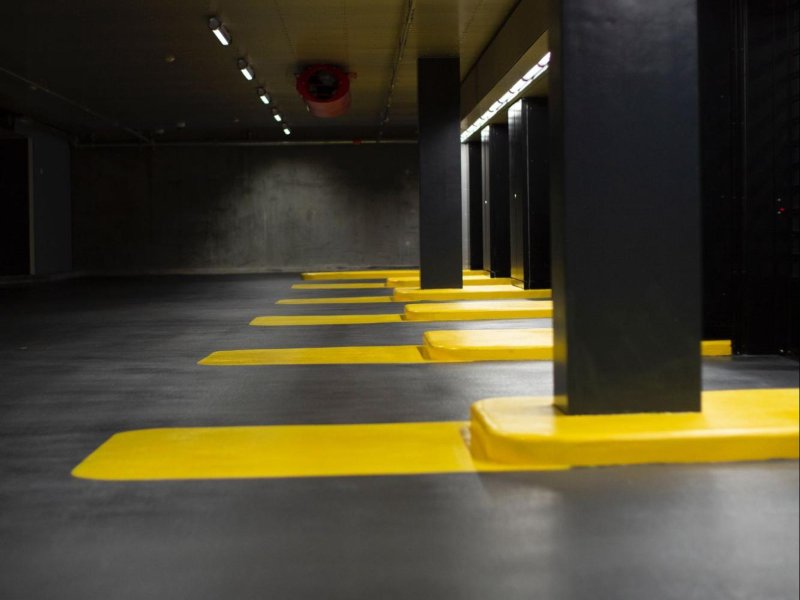
Cost-effective Concrete Coating Solutions
In the realm of concrete coatings, several cost-effective solutions stand out.
- Acrylic Coatings: Acrylic coatings are relatively inexpensive and easy to apply, offering good UV resistance and a variety of finishes. Despite their lower durability compared to other coatings, they can be a perfect fit for projects with a tighter budget.
- Water-Based Epoxy: Water-based epoxy coatings are less expensive than their solvent-based counterparts. While they might not provide the same level of durability and chemical resistance as 100% solid epoxies, they are a cost-effective option for areas with moderate traffic.
- Concrete Sealers: Concrete sealers are another affordable option, particularly for indoor applications. They offer basic protection against moisture and stains, enhancing the natural appearance of the concrete.
- Paint: Concrete paint is the most affordable coating solution. Although it does not provide the same level of protection as other coatings, it’s a quick and economical way to refresh the appearance of concrete surfaces.
Remember, selecting a cost-effective solution should never compromise the durability and functionality of the coating. It’s important to consider not just the initial cost, but also the long-term maintenance and replacement costs. Choosing a slightly more expensive coating that lasts longer can often be more cost-effective in the long run.
Environmental Considerations When Choosing a Coating
When selecting a concrete coating, it’s important to consider its environmental impact. Here are some key environmental considerations:
- VOC Content: Some coatings contain volatile organic compounds (VOCs) that can contribute to air pollution and pose health risks. Opt for coatings with low or no VOC content to minimize these effects.
- Life Cycle: Consider the durability and lifespan of the coating. A longer-lasting coating reduces the frequency of reapplications, thus minimizing waste.
- Recyclability: Some coatings might contain materials that are recyclable. This is beneficial as it reduces waste and the demand for new resources.
- Energy Efficiency: Certain coatings can help improve a building’s energy efficiency. For instance, light-colored coatings can reflect sunlight, reducing the need for air conditioning.
- Manufacturing Process: The way a coating is manufactured can have significant environmental implications. Coatings produced using energy-efficient methods and renewable resources are more environmentally friendly.
Remember, a more environmentally-conscious choice not only benefits the planet, but can also contribute to a healthier living or working environment.

How to Properly Maintain Your Concrete Coating for Extended Life Span
Maintaining concrete coating efficiently can significantly extend its lifespan and keep it looking as good as new. Here are some tips:
- Regular Cleaning: Regularly sweep the surface clean of dust, dirt, and grime. For a more thorough cleaning, use a mild soap or detergent with a soft-bristle brush or mop. Always remember to rinse thoroughly to remove any soap residue.
- Prompt Stain Removal: If a spill occurs, clean it up as quickly as possible to prevent staining. Use a mild cleaner and avoid abrasive scrubbing which could damage the coating.
- Avoid Harsh Chemicals: Do not use harsh chemicals for cleaning. They can cause discoloration and may damage the coating. Always opt for pH-neutral cleaners.
- Reapplication of Sealant: Depending on the type of coating, it may be beneficial to periodically reapply a sealant to protect the coating and maintain its appearance. Follow the manufacturer’s guidelines for the frequency of reapplication.
- Regular Inspection: Inspect the surface regularly for any signs of damage or wear. Early detection of issues such as chips, cracks, or peeling allows for prompt repair, preventing further damage.
- Professional Maintenance: For certain types of coatings, professional maintenance may be necessary. Consult with your coating supplier to understand if and when professional maintenance is recommended.
Remember, proper care and maintenance can greatly enhance the longevity and appearance of your concrete coating, making it a worthy investment.
In conclusion, concrete coatings offer a variety of benefits and can be a cost-effective solution for protecting and enhancing concrete surfaces. With the wide range of coating options available, it’s important to carefully consider factors such as durability, aesthetics, and environmental impact when selecting the right coating for your project. Regular maintenance is also crucial in maintaining the integrity and appearance of the coating for years to come. By carefully weighing your options and implementing proper maintenance, you can ensure that your concrete coating continues to serve its purpose for an extended period of time.
Wise Coatings
https://www.google.com/maps?cid=2589512530409833629
(503) 855-6338
https://wisecoatings.com/portland/


